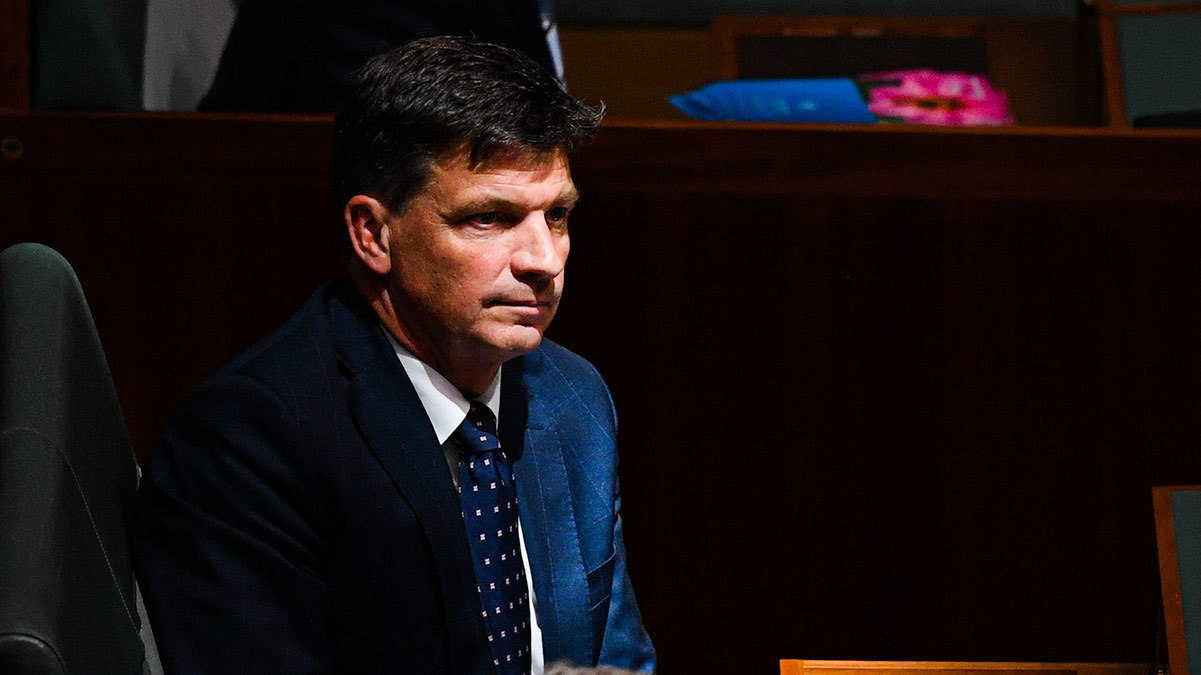The price of Australian Carbon Credit Units (ACCUs) has fallen dramatically after the federal Coalition government indicated it could step back as the largest buyer of emissions reductions in Australia’s fledgling carbon market.
The announcement itself was not particularly well handled, with what amounts to a major upheaval of the supply-demand balance in Australia’s emerging carbon market being released shortly after midnight on Friday.
The announcement – that the federal government will facilitate carbon abatement projects to not deliver on contracts for emissions reductions, rather than encouraging them to fulfil the contracts – sent ripples through the market.
AACCU prices were routed, with market analysts reporting that prices dropped almost 25 per cent in Friday trading, falling to $35.40 tonne.
ACCU prices have now fallen by almost 40 per cent since the start of the year, having reached an all-time high of around $57 per tonne in January.
While part of this fall can be attributed to worldwide uncertainty hitting carbon markets, the government’s latest intervention has exceeded the scale of the previous pullback in prices.
The below chart from CORE Markets and Renewable Energy Hub, highlights the extent of the market surprise at the announcement.

Not only does this dramatic fall in prices potentially undermine investor certainty in a range of emissions reduction projects, but it also slashes the revenue that some of the Morrison government’s preferred technologies may expect to receive, such as carbon capture and storage projects that it wants to support through the Emissions Reduction Fund.
Carbon market analysts Reputex warned of this impact following the government’s announcement.
“Ironically, such a price outcome may undermine the incentive for project developers to invest in additional abatement required to meet Australia’s long-term net-zero targets, with a higher price required to incentivise supply from the next phase of technologies such as soil carbon, carbon capture and storage, all of which may now be at risk,” Reputex said in a market update on Friday.
As RenewEconomy has detailed, the Clean Energy Regulator – which administers the Emissions Reduction Fund – was left in a tight position.
A clause contained within carbon abatement contracts effectively allows projects to opt-out of delivering their abatement to the government and frees up their carbon credits to be instead sold into a potentially more lucrative open market.
The Clean Energy Regulator said that facilitating the projects to sell their abatement into the open market would now occur in a “streamlined fashion without the legal and likely reputational risks of non-delivery or default.”
In essence, the regulator will clear the path for projects to exit their contracts under Emissions Reduction Fund.
The Emissions Reduction Fund has served as the flagship climate policy of the Coalition, as its counterpoint to the former Gillard government’s carbon price. The Coalition opted to directly purchase emissions abatement from a range of projects including avoided land clearing, revegetation, and reduced emissions from landfills.
The decision to spend taxpayers’ money buying emissions reduction was always a perplexing option for a government that proclaims to be pro-markets and claims to avoid market interventions.
The fund has some serious money behind it – up to $4.5 billion in available taxpayer funds – and has already signed contracts worth more than $2.8 billion, amount to about 230 million tonnes in emissions abatement.
The latest shift in government policy could now see a significant portion of these funds freed up.
Taylor indicated that any funds released through the contractual changes would be reinvested back into the fund. But where they are ultimately redirected remains unclear, and the Morrison government has shown an eagerness to tap into the fund for its preferred initatives.
It provides a large amount of funds that a government battling for re-election may be tempted to redeploy in an effort to bolster its vote.
In the end, the failure of the Morrison government to actually secure the abatement it contracted for under the Emissions Reduction Fund is just another in a long list of policy failures that have come to characterise the Coalition government’s approach to climate policy.
It follows, among others, the Underwriting New Generation Investments scheme, the National Energy Guarantee, the Clean Energy Target, the Grid Reliability Fund, the ineffectual Safeguard Mechanism – a long list of Coalition policies that have seen more effort spent on their announcements rather than their delivery.










